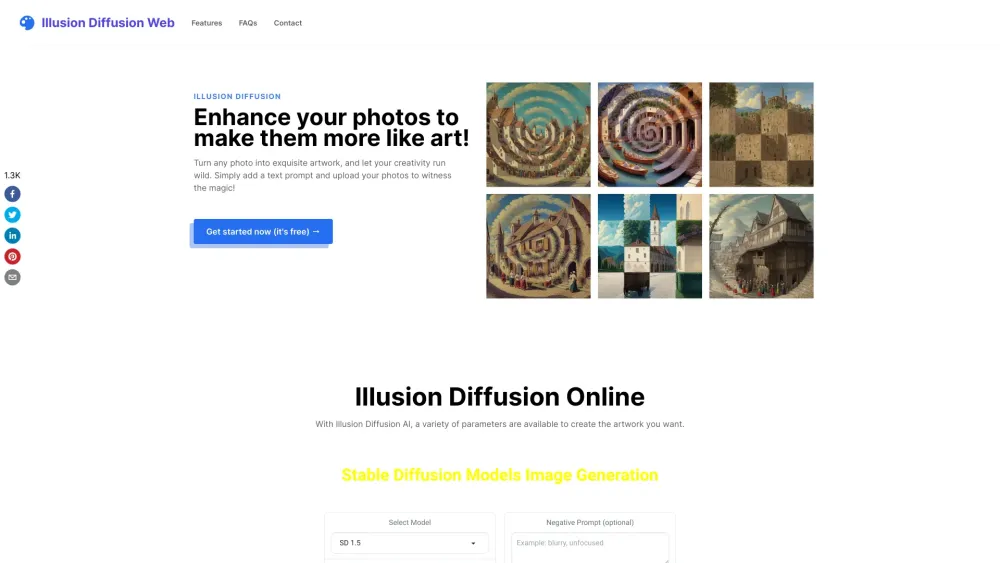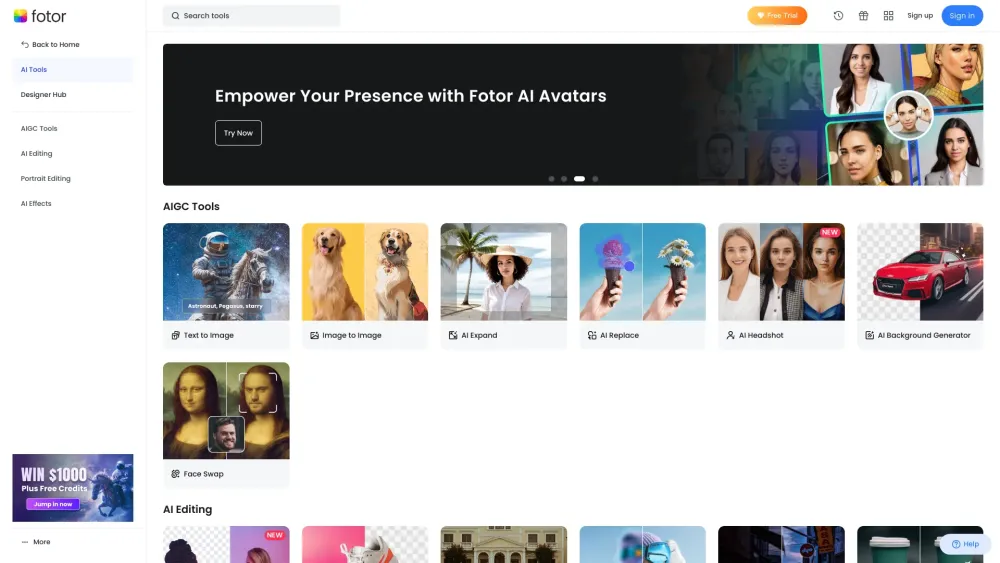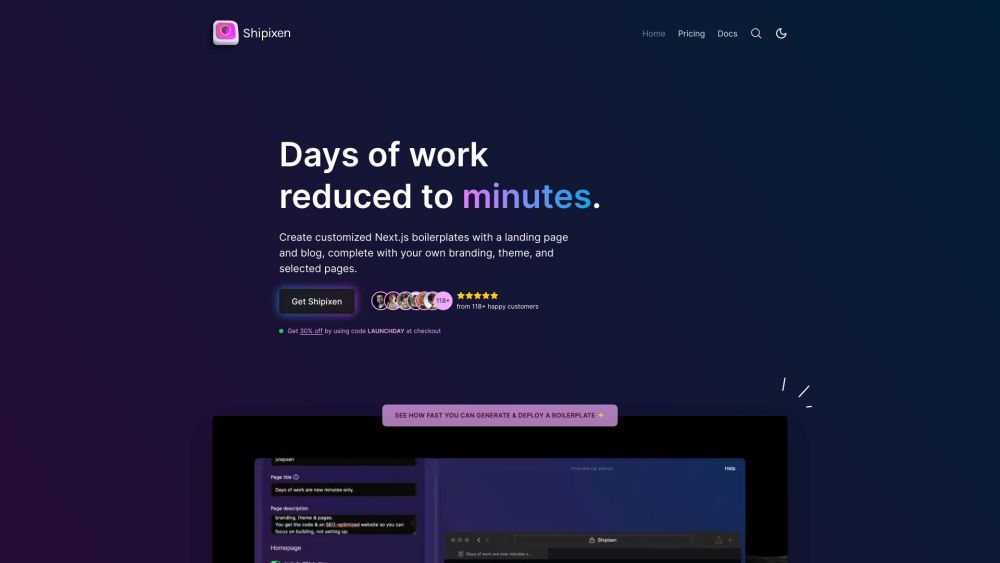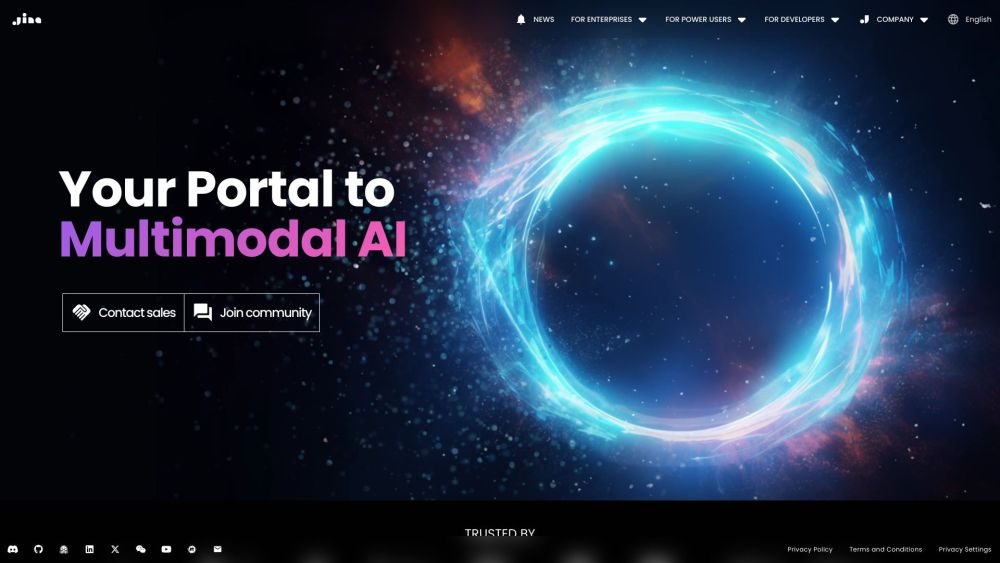Gemma 2 vs. Llama 3: A Comprehensive Comparison of AI Language Models
With the rapid advancement of artificial intelligence technologies, large language models have emerged as key drivers in this field. Google has recently unveiled its latest open-source AI language model—Gemma 2—boasting 9 billion (9B) and 27 billion (27B) parameters, designed to compete with other leading models on the market. This article delves into a detailed comparison of Gemma 2 and Llama 3, exploring their performance, costs, and deployment differences.
Performance Comparison: Gemma 2's Outstanding Capabilities
Gemma 2 demonstrates remarkable performance, with Google claiming that the Gemma 2-27B model rivals mainstream models with double its parameter size. This assertion has been validated in blind tests at the LMSYS Chatbot Arena, where Gemma 2 outperformed the 70 billion parameter Llama 3, along with several other models such as Nemotron 4 340B, Claude 3 Sonnet, and Command R+. Notably, the 27B version of Gemma 2 exhibits performance on par with larger models, while the 9B version also leads its category, outperforming Llama 3 8B and other similar models.
In contrast, although Llama 3 has shown strong performance in several benchmarks after fine-tuning, it generally lags behind Gemma 2. The 8B version of Llama 3 does surpass other models of comparable size in datasets like MMLU, GPQA, HumanEval, GSM-8K, and MATH; however, in larger-scale comparisons, even the 70B version of Llama 3 cannot match the performance of Gemma 2 27B.
Cost and Deployment: The Advantages of Gemma 2
Gemma 2 offers a competitive edge in terms of cost and deployment. Google indicates that the Gemma 2-27B model can achieve high performance with just one NVIDIA H100 Tensor Core GPU or TPU, significantly reducing deployment costs, which is particularly appealing to users with limited budgets.
In contrast, Llama 3 incurs higher deployment costs due to its extensive parameter size, which requires more computational resources to achieve desired performance, placing additional financial strain on users. Moreover, Llama 3’s optimization capabilities across hardware platforms are not as robust as those of Gemma 2, limiting its versatility in various applications.
Versatile Application Scenarios: Gemma 2’s Flexibility
Gemma 2 excels in application flexibility. Google plans to release a 2.6 billion parameter version of Gemma 2 soon, aimed at mobile devices like smartphones. Additionally, Gemma 2 has been optimized for efficient performance across various hardware platforms, whether on high-performance gaming laptops or cloud setups, enhancing its potential applications in the AI domain.
Conclusion
In summary, significant differences exist between Gemma 2 and Llama 3 in terms of performance, cost, and deployment. With its outstanding capabilities, efficient reasoning, and flexible deployment options, Gemma 2 stands out in the large language model market. For users seeking high performance, cost-effectiveness, and adaptable deployment, Gemma 2 is an excellent choice worth considering.





